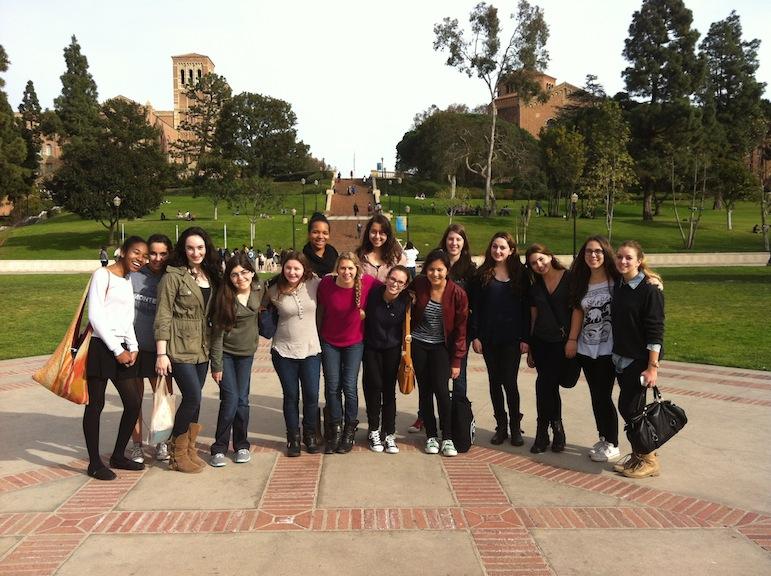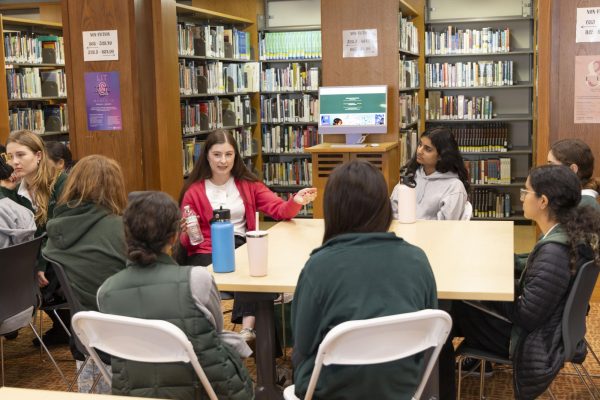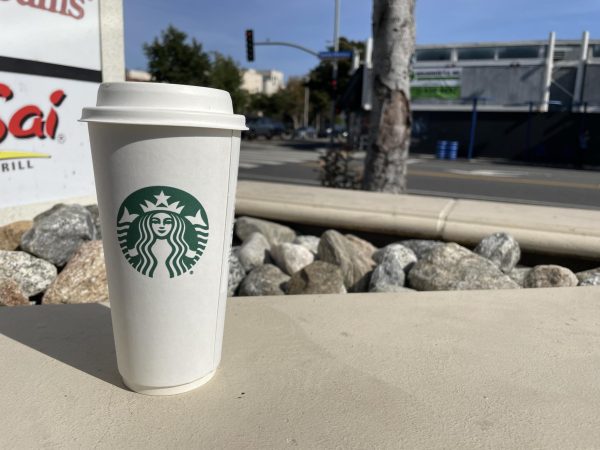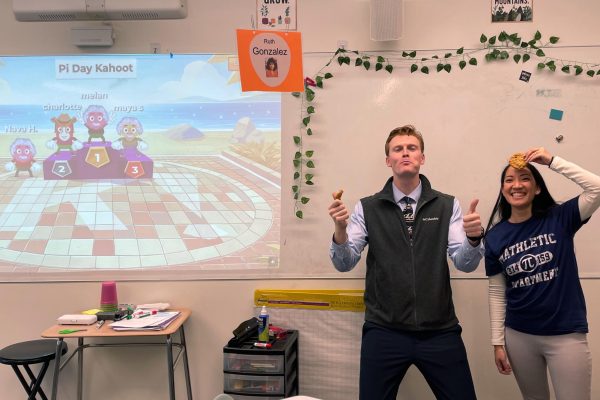Research Explores UCLA
On Friday Feb. 1, 24 students in the science research class visited physics, biology and C. elegans wormlaboratories at UCLA.
They spent the day touring the labs, watching demonstrations and learning about the research in process, which gave students like Marisa London ‘14 the “chance to experience what life in the lab would truly feel like.”
After arriving at UCLA in the morning, students visited the Holczer Physics Lab where they had the opportunity tolearn about Atomic Force Microscopy (AFM) from an expert at Asylum Research in Santa Barbara. AFM uses the atomic force between the tip of a cantilever and a test sample to generate an image of the surface down to the nano level.
Leila Taleghani ‘14 said, “I enjoyed it because I got to see a physics lab, which is completely different from the environment [the class] works in at school, since [the class] has a focus on chemistry and biology.”

After a demonstration of the imaging capabilities of the microscope and an array of other experiments, students watched a display of the phenomenon known as sonoluminescence.
Sonoluminescence occurs when a sound wave passes through a bubble suspended in a dense liquid. The sound wave causes the bubble to expand, burst and collapse, in the process giving off a star-like glow. The pressurized release of heat has a temperature of over tens of thousands of degrees and produces a momentary burst of light that shines like a small star and can be seen with the naked eye.
Next on the agenda was a student favorite, a tour of an anechoic chamber. The chamber is a two-story room with a chicken wire floor and walls covered with sealed asbestos tiles designed to absorb sound and create a echoless room.
Taleghani considered the chamber a “highlight,” describing how her group “yelled as loud as possible and still heard no echo.”
Students conducting their independent research using the microscopic worm, C. elegans, had the opportunity to visit the a worm lab. The group looked at fluorescently tagged C. elegans under a microscope and learned how to identify them.
When asked what she learned, Joy Taira ‘14 described how “fluorescent markers help researchers target specific cells or parts of the worm, so they can be easily identified and studied.”
Overall students enjoyed the trip. Marisa London ‘14 said the trip “was awesome, and I learned a lot,” commenting that “I am really lucky to have had such a great opportunity.” Taleghani added to London’s statement: “I loved hearing from professionals in the field of science research and touring their labs to get a sense of the current technologies used and studies being done.”
Students will now take what they learned from the scientists who were kind enough to allow the class to visit their labs and apply the knowledge from the field-trip to their independent research projects, which are currently in the process of being completed.








